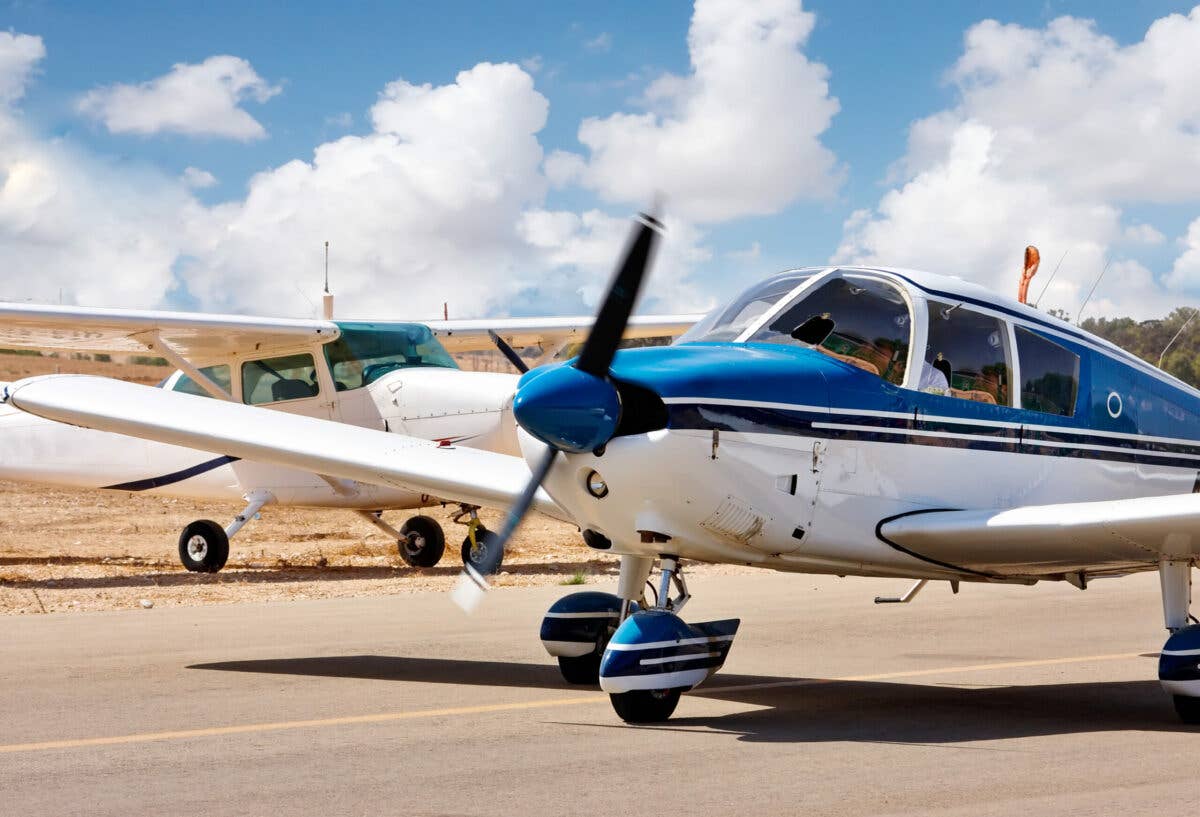AOPA Safety Report Released
AOPA honors Richard McSpadden with renaming of annual study of accident reports.

The annual report is now in its 33rd year. [Shutterstock]
Richard McSpadden Jr., senior vice president of the Aircraft Owners and Pilots Association Air Safety Institute, was known for his dedication to analyzing aviation accidents to identify causal factors with the hopes of preventing future mishaps. This information was gathered by AOPA and released in the annual study known as the Joseph T. Nall Report. Sadly, McSpadden was killed in an airplane accident on October 1 in Lake Placid, New York. AOPA has decided to honor him by renaming the report the Richard G. McSpadden Report.
About the Report
The data in the digital report is updated on a rolling, 30-day cycle, providing the most current snapshot of general aviation safety performance. The report is always about a year or two behind as it relies on the completion of investigations by the National Transportation Safety Board (NTSB) and their probable cause. It can take a year or more for the NTSB to conclude investigations.
According to the report, now in its 33rd year of release, there has been an increase in total accidents. In 2020 there were 1,050, compared to 1,124 in 2021. Breaking down the information further showed there was a decrease in the total accidents that took place during landings. However, the number of these events that resulted in fatalities increased slightly.
This was not the only disappointing statistic, noted Robert Geske, AOPA Air Safety Institute manager of aviation safety analysis. Geske cited the increase in the noncommercial helicopter accident rate, which rose following two years of decline.
"We are also disappointed to see the lethality rate for weather accidents remain steady at an average of eight per year despite continual efforts to address this area,” Geske said.
Mechanical accidents saw an increase overall but a decrease in fatalities.
Using the Report to Improve Safety
To get the most out of the report, pilots, especially instructors, can review the data to determine what areas of flight are prone to accidents and focus on improving performance. For example, the knowledge that most accidents happen during landing might inspire the pilot to spend more time on their landing proficiency.
Access the report here.

Sign-up for newsletters & special offers!
Get the latest FLYING stories & special offers delivered directly to your inbox






